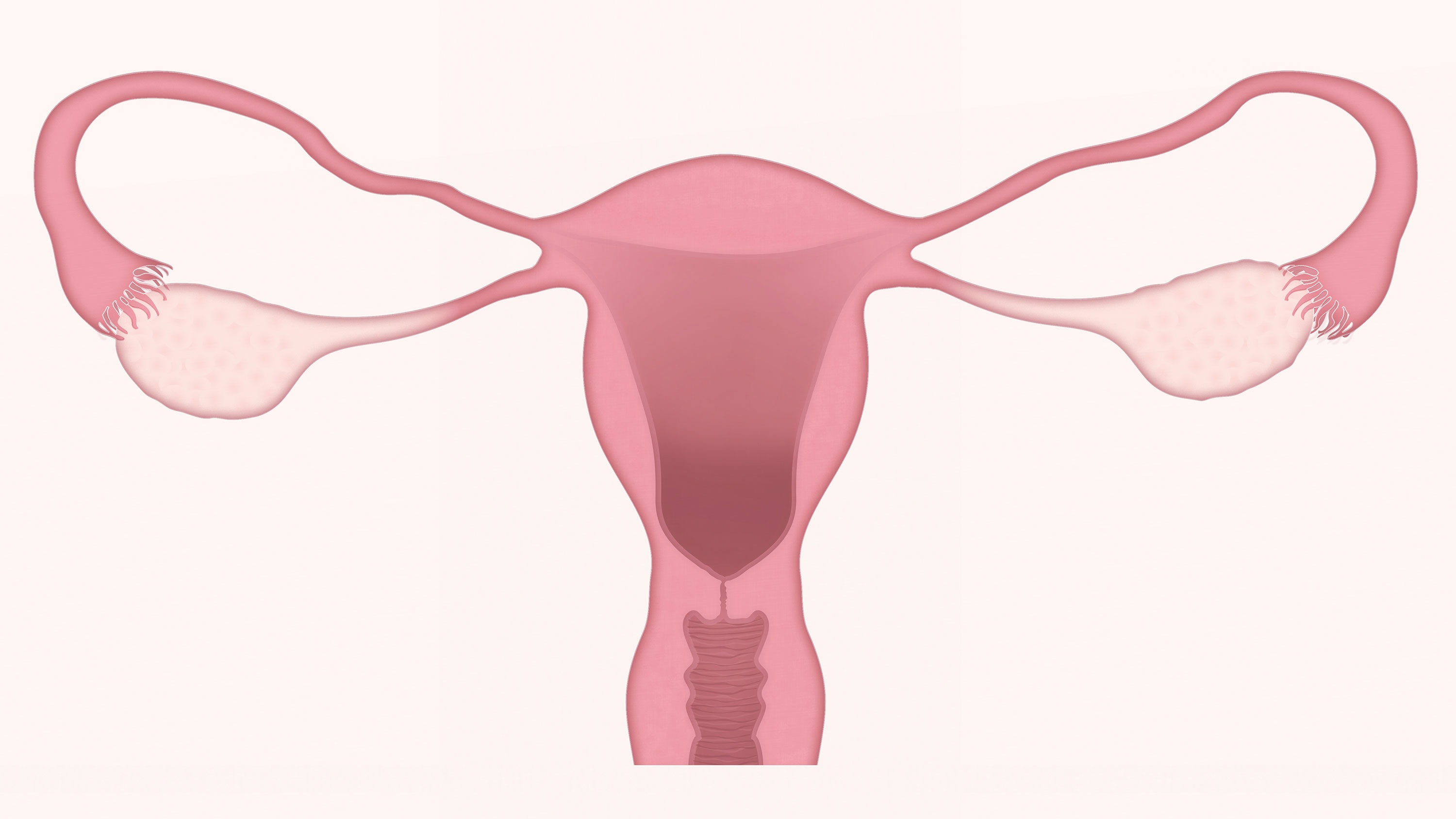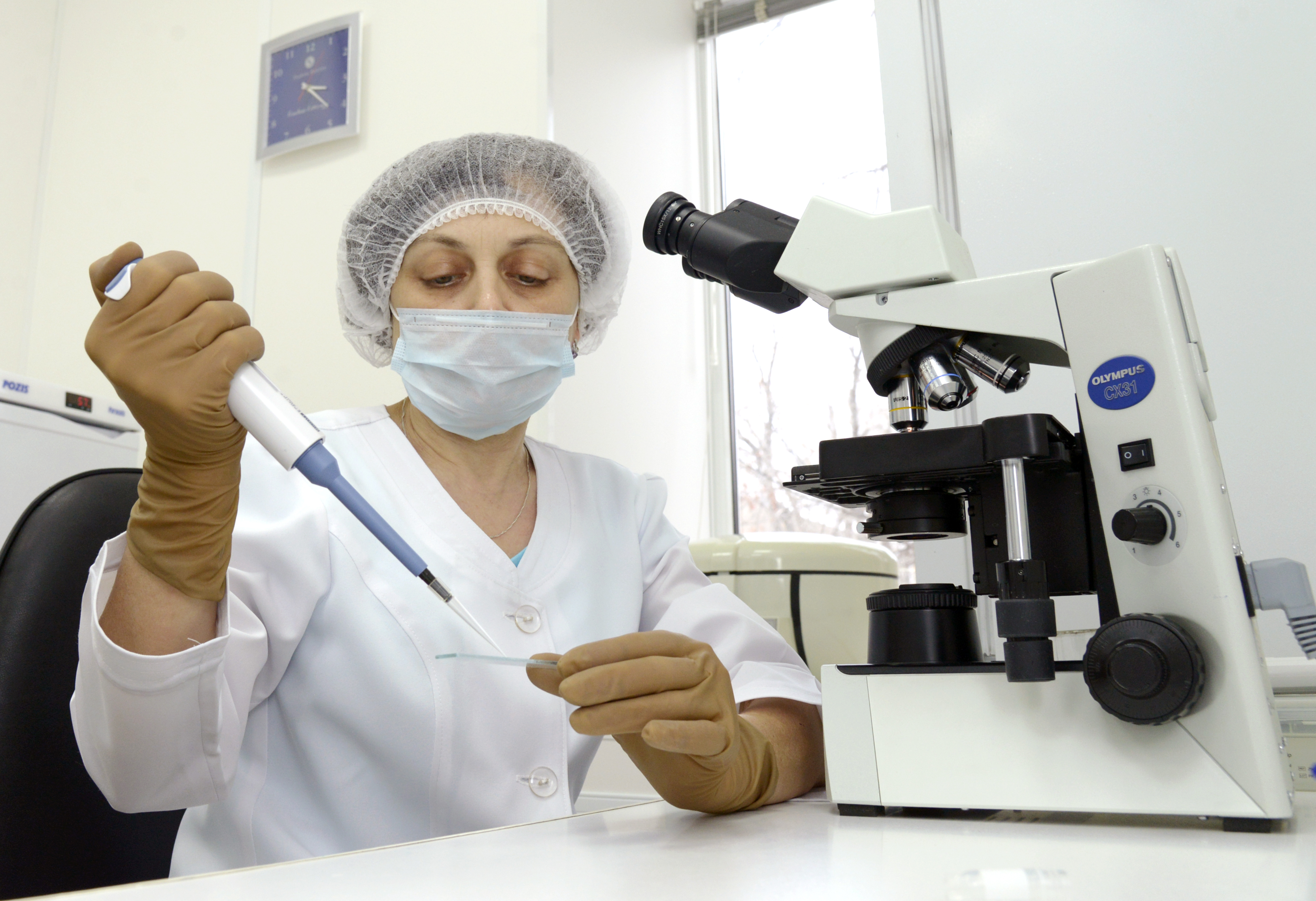In recent years, an alarming phenomenon of a significant decrease in fertility has been observed throughout the Western world, and15 percent of all couples Unable to achieve a spontaneous pregnancy. The reasons for this are varied, and include, among other things, exposure to a wide variety of chemicals from different sources, which disrupt the hormonal activity in the body. In a new Israeli study And groundbreakingly it was found that one group of such chemicals - the phthalates, which are around us at all times in plastic products, cosmetics and other consumer products, to the point where it is almost impossible to avoid them completely - found their way into the human ovaries.
הphthalates They are a family of synthetic chemicals that were developed in the last hundred years for use in the plastic manufacturing industries (mainly for softening and increasing elasticity), solvents and care products, and therefore they are found in a wide variety of products that we use daily, such as plastic packaging (including food packaging), cosmetic products , construction materials, cleaning products, pesticides, fragrance products, children's toys, paints and coatings, medical devices and textile products. In fact, phthalates are so common that they have been called "the ubiquitous chemical" (The Everywhere Chemical).
The phthalates are considered toHormonal disruptors (EDCs - Endocrine-disrupting compounds) - substances that mimic or inhibit the activity of various hormones in the human body, thus disrupting the normal hormonal activity in the body and damaging, among other things, the fertility of men and women.

Over the years, scientific evidence has accumulated according to which phthalates have a variety of negative effects on the health of all of us: starting with experiments on laboratory animals in which it was found that they cause a variety of hormonal disorders (damage to the development of the male reproductive system, birth defects in the reproductive system and genitals, lower testosterone levels during puberty, early sexual maturation in females and low sperm count in adults) as well as low birth weight and premature birth, and up to a number of similar effects found in recent years in humans, such as a link toDamage to the development of the male reproductive system, for damage to brain development and an increased risk of developing learning, attention and behavior disorders and so onDelay in language development in infants. Because of this, Doctors and various experts in the field Called for a complete ban on the combination of phthalates in consumer products - and in particular in cosmetics and toys, to which pregnant women and children are exposed.
In recent years, knowledge has been accumulating about the negative effect of phthalates on women's fertility. in research Previously carried out in 2017 at the Sheba Hospital, by researchers some of whom also conducted the current study, in which 136 women who underwent in vitro fertilization (IVF) participated, the presence of 17 different metabolites of phthalates (phthalates that have undergone a certain breakdown in the body) was found in the urine of the subjects - and it was found that the amount of eggs that matured as part of the preparatory treatment for fertilization as well as the amount of eggs that were successfully fertilized and the healthy embryos created by artificial insemination were lower the higher the concentration of three of the breakdown products of the phthalates in the urine of the women tested.
Findings that should bother us all
In the new study, recently published in the scientific journal Human Reproduction, the researchers tried to understand exactly how phthalates affect a woman's fertility. The study is an international collaboration of researchers from the Sheba Medical Center, the Rupin Academic Center and Harvard and Columbia Universities in the USA, and was led by Prof. Ronit Mechtinger, a senior physician in the in vitro fertilization unit at the Sheba Medical Center, and Dr. Zohar Barnett-Yitzhaki from the Faculty of Engineering and from the Center for Health Information Research at the Rupin Academic Center.
The researchers looked for evidence of the presence of phthalates in follicular fluids - fluids that surround the egg when it is inside the follicle in the ovary, before ovulation. They relied on samples collected from 105 women during IVF procedures in Sheba. The results were not encouraging: of the 12 different types of phthalate metabolites tested, 11 were found in at least one sample. In the follicular fluid of no less than 76 percent of the women, 7 different types of phthalate metabolites were found at the same time, and in 5 of the subjects no less than 10 different phthalate metabolites were found. Only in 2 of the subjects were no metabolites of phthalates found in the follicular fluids.

"The findings of the study should trouble all of us," says Brent-Yitzchaki. "A chemical, produced by man, is found in one of the most sensitive places in the body." According to him, the situation should be completely reversed. "The area around the egg must be as clean as possible so that humanity can continue to reproduce properly and not become extinct - and in this research we find phthalates that are known to affect the processes of egg maturation and the woman's fertility. This is a very significant first finding."
From the plastic and the cosmetic products to Circulation
How do phthalates reach the depths of the female reproductive system? "The phthalates from the many consumer products (for example cosmetics) to which we are exposed enter the body through consumer products, through food, through drinking, or through the air we breathe - phthalates are found in the air as well as in the dust," explains Brent-Yitzhaki. "In previous studies, phthalates were found in the blood, and the hypothesis is that they are transported through the blood circulation to different organs and areas of the body - including the ovaries."
According to the study, the phthalates may affect fertility through their effect on the microRNA (microRNA), molecules that are used to control gene expression in cells, which are found in the follicular fluid. "We are talking about dozens to hundreds of molecules, some of which play a decisive role in the development of the eggs, their maturation and fertilization," says Brent-Yitzhaki.

The researchers isolated the microRNA from the follicular fluids. "In statistical calculations we conducted, we found that there is a relationship between the presence of certain phthalates in the follicular fluid and the levels of different microRNA molecules in the follicular fluid and the genes they control," says Brent-Yitzhaki. According to him, a connection was found between the inventions of phthalates and the concentration of 39 different microRNA molecules, which control a total of 304 genes related to a woman's fertility (for example, the development of the ovary and eggs, the maturation of the egg). "Thus, environmental exposure to chemicals may damage biological pathways related to a woman's fertility."
One dangerous group among many
"I hope that the research findings will help reduce the production of phthalates in the industry, stimulate the regulators who oversee the industry, as well as raise public awareness of the issue," says Brent-Yitzhaki. currently, Various experts from the field of health and the environment are reading To take steps to tighten the regulation in this area and to increase the enforcement of the existing standards. In the meantime, it is recommended to reduce exposure to phthalates as much as possible, especially in women of childbearing age and pregnancy, children and babies. You should reduce the use of products with phthalates as much as possible: for example, do not order cosmetics and toys from sites that do not have any supervision or control, but buy products that meet European or American standards (such as those sold in Israel), do not regularly consume hot food from plastic dishes or containers Cheap plastic disposables and remove makeup immediately when it is no longer needed.
"However, it is important to note that phthalates are only one group of chemicals. There are additional groups of chemicals to which we are exposed and which may affect our health - so this is a significant and disturbing discovery, but there are many more things that are important to investigate", concludes Brent-Yitzhaki.
